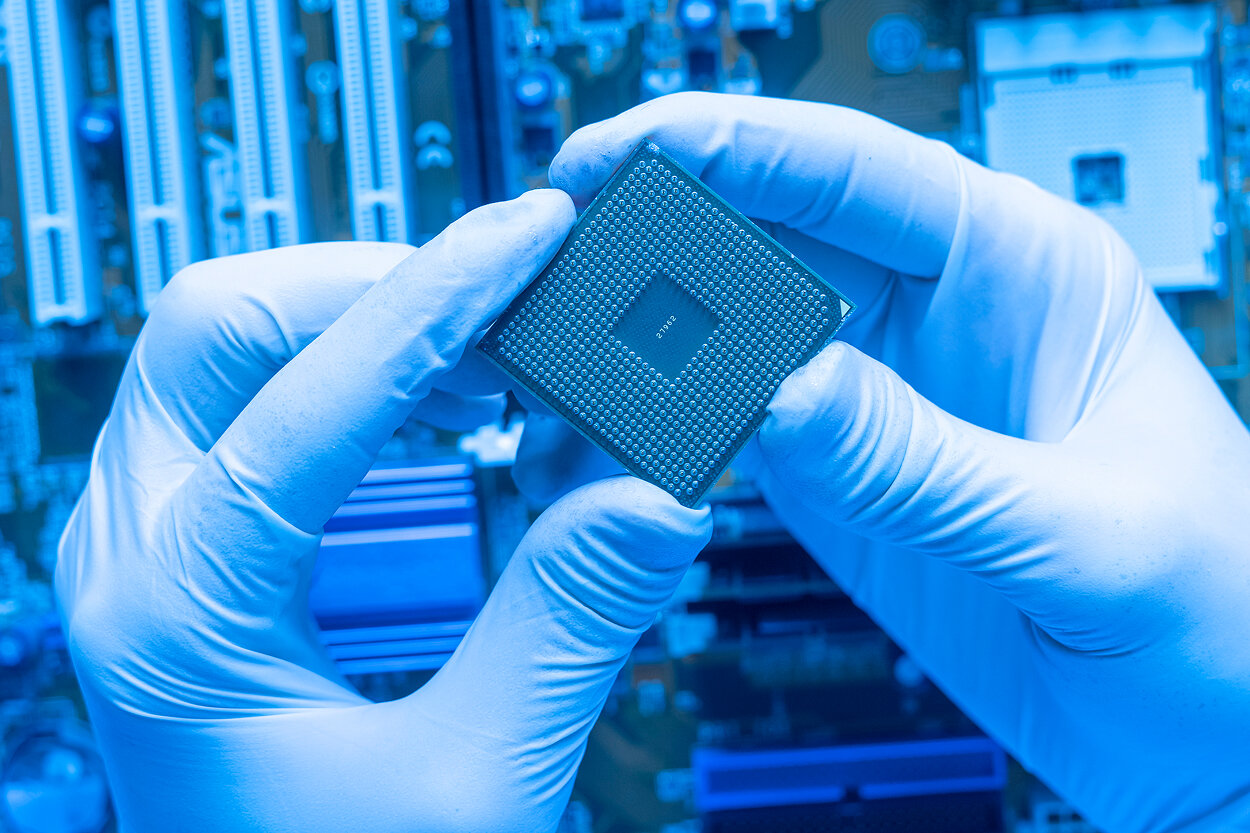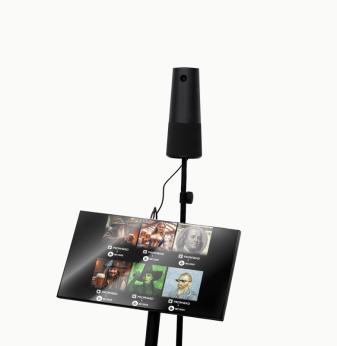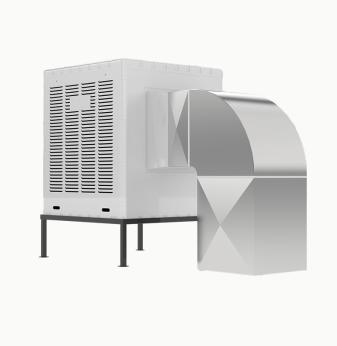Neuromorphic Chips: The Next Leap in AI Hardware Efficiency

Imagine a chip that “thinks” only when something important happens. In traditional electronics, logic gates and processors stay active, consuming power continuously even during idle periods. Neuromorphic chips flip that model: they operate like neurons in the brain, firing only when needed, using spiking neural networks that mimic natural information flows. This allows them to run complex tasks—like recognizing patterns or reacting to sensor input—with a fraction of the energy compared to conventional processors.
These chips drastically reduce latency and power usage at the edge—where battery life, real-time response, and autonomy are crucial. In robotics, neuromorphic processors enable machines to adapt swiftly to changes without waiting for cloud commands. In IoT and wearables, this means intelligent behavior without frequent charging. That shift from constant activity to event-driven processing makes neuromorphic chips a game-changer for embedded AI.
How do neuromorphic chips mimic the brain, and why does that matter?
Some early projects feel like something out of science fiction. A decade ago, IBM demonstrated its TrueNorth architecture using a million programmable neurons and hundreds of millions of synapses. That prototype enabled simultaneous, massively parallel operations with very low energy. Then Intel introduced Loihi—the next-generation neuromorphic research chip—used in robotics tasks and vision systems.
For example, researchers deployed a neuromorphic algorithm on Loihi to detect lanes using event-based cameras. The system delivered real-time recognition at under 8 milliseconds and consumed just about a watt of power. Another project implemented gesture recognition via spiking neural networks on Loihi with accuracy close to conventional deep networks but with vastly lower resource usage.
Intel also built a system called Hala Point, consisting of 1,152 Loihi chips operating together with billions of artificial synapses. The scale aimed to model and simulate brain-like functions in real time. In olfaction, neuromorphic circuits learned to recognize chemical scents with one-shot training, mimicking how animals learn smells instantly and reliably.
These examples showcase not speculative power but real-time intelligence in action—on drones, handheld devices, and experimental platforms.

What’s driving the commercial growth of neuromorphic computing?
The market is quietly taking off. According to analysts, in 2024 the neuromorphic computing market was valued between $5 billion and $140 million, depending on categorization. Projections estimate growth to somewhere between $1 billion and $29 billion by the early 2030s. That gap highlights the divergence between hardware-only estimates and the broader ecosystem including software, services, and applications.
Most forecasts position neuromorphic computing as one of the fastest-growing segments in semiconductor technology, with annual growth rates ranging from 20 to 90 %, driven by demand in edge AI, robotics, and autonomous systems. Energy efficiency is the core driver: industries need real-time intelligence without cloud dependency. Autonomous vehicles, unmanned aerial systems, smart sensors—these applications demand processors that are fast, low-latency, and power-efficient.
Regional spikes make sense. North America and Asia-Pacific lead development with government funding, industry hubs, and ecosystem investments. Companies like IBM, Intel, Qualcomm, BrainChip, and Sony are investing heavily in research and scaling.
How should engineers leverage neuromorphic chips in product design?
Engineers considering neuromorphic designs will need to rethink their pipeline. Instead of planning for rounds of training in powerful servers and deployment on conventional SoCs, they can shift to event-based models with spiking networks that run locally. Imagine a drone that navigates using a neuromorphic vision system, reacting to changes instantly while conserving battery. Or wearable health monitors that analyze vitals on the fly without cloud latency.
To succeed, engineering teams must collaborate across disciplines. Signal processing, materials, neuroscience modeling, and machine learning all converge in neuromorphic design. Toolchains like Intel’s Lava attempt to simplify development, but hardware-software co-design remains complex. There’s an opportunity for embedded specialists to bridge that gap and enable more teams to build real products.
Why this matters for us
Neuromorphic chips move AI from high-power servers closer to where data is generated. For companies like Promwad, whose work spans embedded systems, industrial solutions, and electronics optimization, neuromorphic processors offer a leap: smarter devices that operate autonomously, in real time, with dramatically reduced energy overhead. This not only cuts component costs (less need for big batteries or cloud data transfer) but opens up new classes of devices: micro-robots, micro-drones, health wearables that last days, edge AI for industrial sensors—innovations that need better brains, not bigger battalions of silicon.
Our Case Studies








